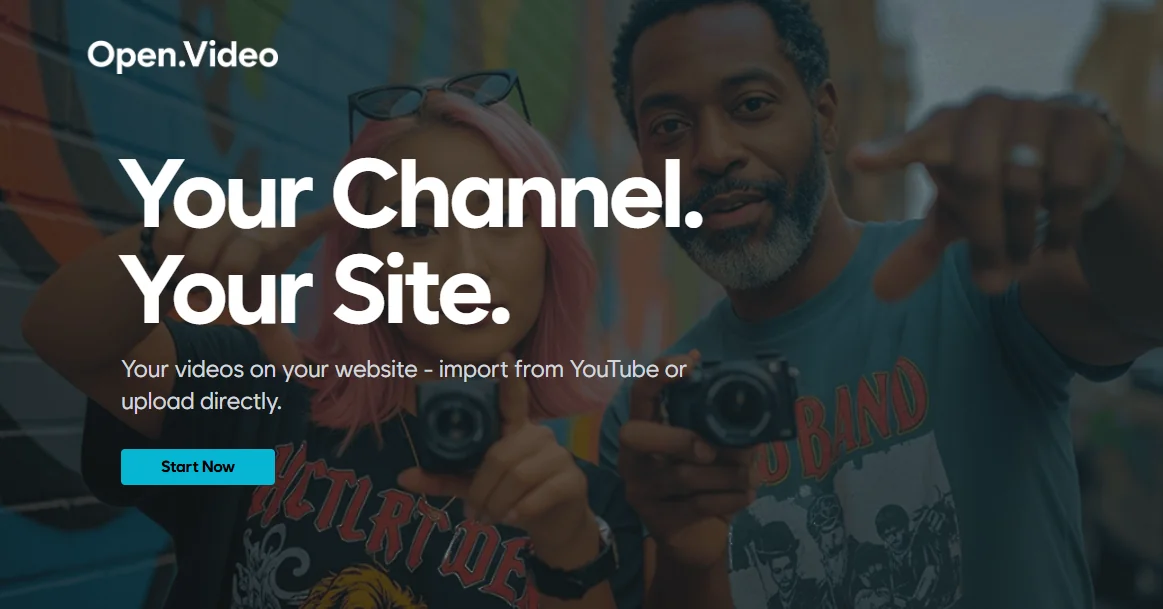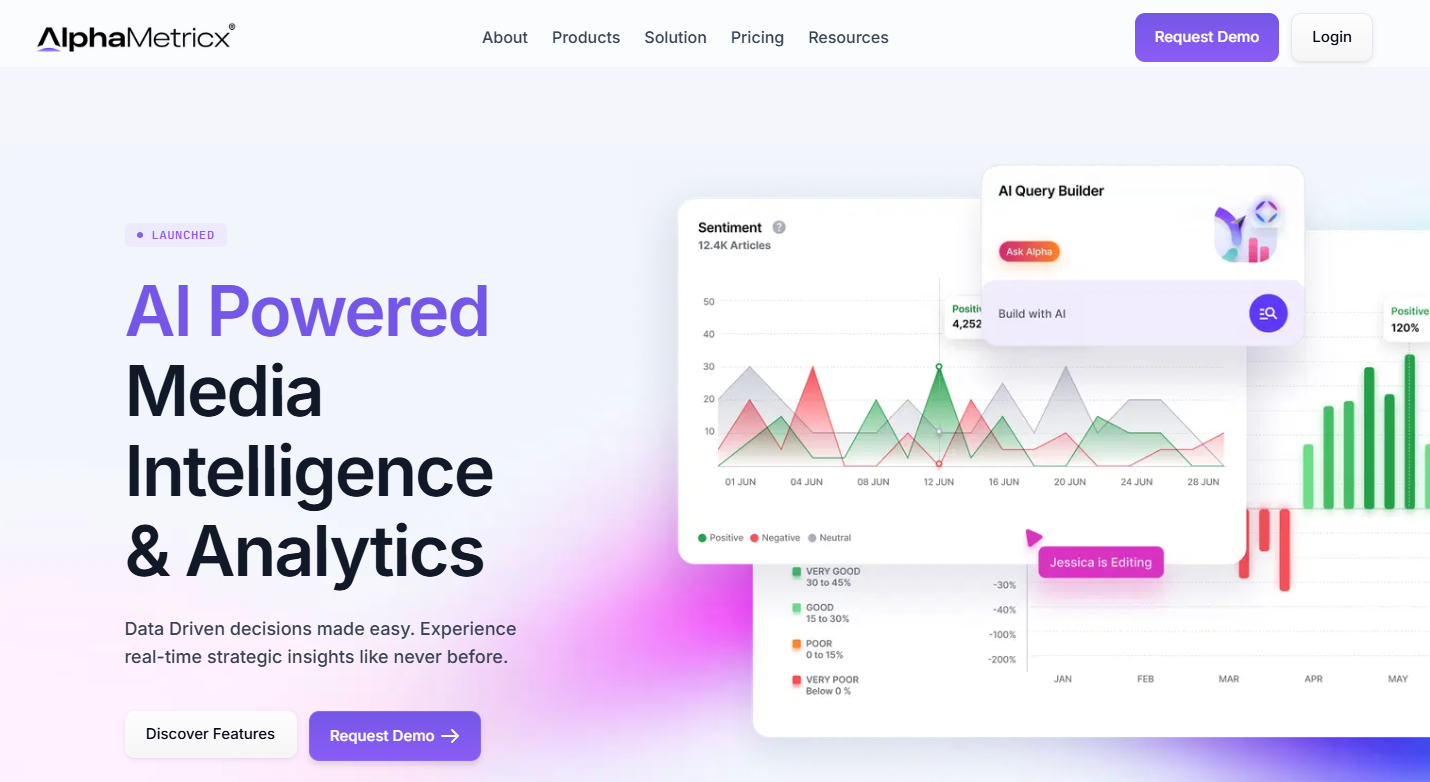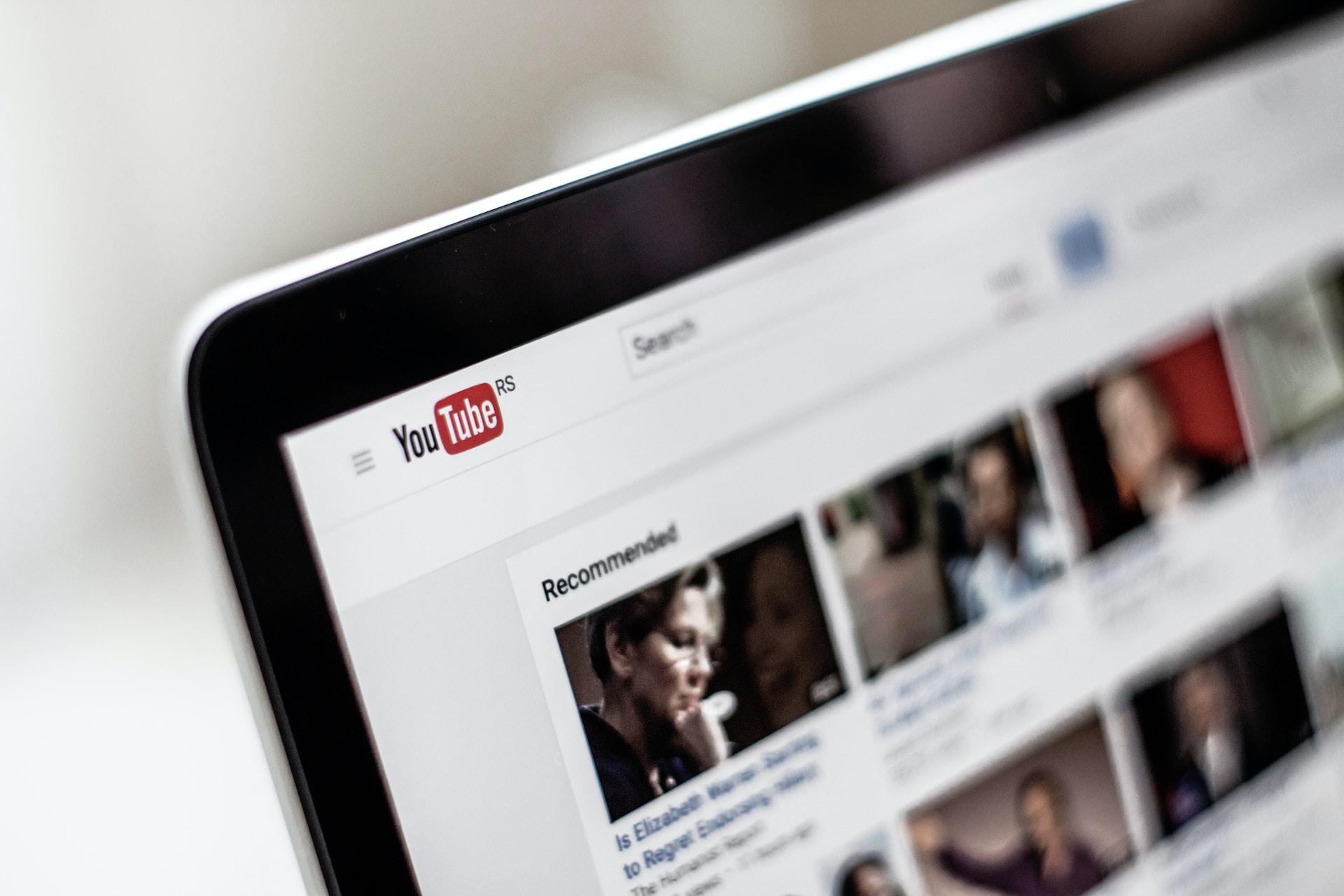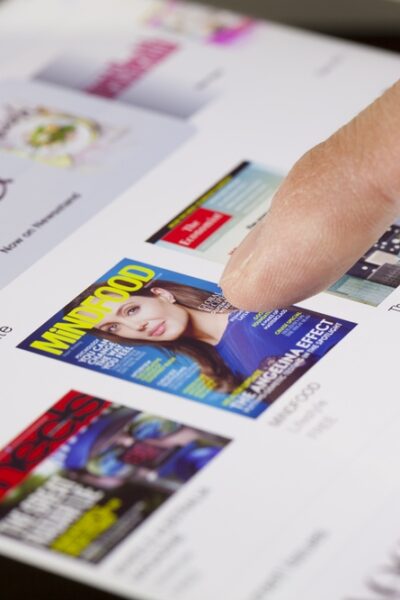For two-thirds of people around the world, video is the number-one source of information — and more than 75% of all video viewing is done on mobile.
In 2020, of course, the COVID-19 pandemic has had an effect on everything. With video consumption, it has only increased usage and demand as consumers look to video to replace an in-person examination and product demos. Explainer videos showing how a product or service works have become one of the most popular types of mobile video.
In our 2018 report, we shared the prediction that video would make up 80% of all Internet traffic by 2019. When projecting for 2022, that figure has jumped slightly to 82%, and the number of videos crossing the Internet per second will be close to one million.
- YouTube has more than two billion users, making up almost one-third of the total Internet users.
- More than one billion hours of video are watched on YouTube every day.
- On mobile alone, which makes up 70% of YouTube viewing, the platform reaches more people in the U.S. audience than any television network.
- YouTube has launched local versions in more than 100 countries and in a total of 80 different languages.
- 18-34-year-olds are the largest YouTube audience demographic.
If you aren’t convinced yet of the incredible power of video — particularly mobile video — for digital publishers, keep reading.
- Twitter reports “video is our fastest-growing advertising tool.” There are more than two billion video views on Twitter each day, as 67% YoY growth according to Twitter internal data. Tweets with video see 10x more engagement than those without.
- Videos are becoming increasingly popular post types on Facebook, accounting for 100 million hours watched daily and more than eight billion average daily video views. 20% of its videos are Live, and users are 4x more likely to watch Live streaming than recorded videos. Another popular feature is Facebook Watch with a global daily user base of 140 million, who spend an average of 26 minutes per day watching video.
- With the appeal of 800 active monthly users, Instagram has the most power for driving purchases over other social platforms. 65% of impressions from Instagram ads come from videos, and it seems these are highly effective. Fully three-fourths of users take action after viewing a brand’s video, and 72% buy a product where they’ve seen a video ad.
- Snapchat users watch 10 billion videos daily, with the average user spending 25 minutes a day in the app.
- LinkedIn was not at the forefront of the video revolution but is catching up. It now allows uploading native videos through its app (as opposed to only sharing video content from other sources). It reports that users spend three times more time watching videos than viewing static content.
This might be because viewers retain 95% of a message when they watch it through video, and users spend 88% more time browsing websites that have videos. In addition to the high levels of engagement, retention and actionability that video brings, there’s another huge factor: shareability. 92% of mobile users share videos with others.
Table of Contents
Case Study: Warren
As a new digital investment platform in Brazil, Warren wanted to grow brand awareness and turned to video. Working with Grupo RBS, Warren created an exclusive video series that showcased the company’s unique approach to financial investing.
The approach not only resulted in more than 10,000 video views, but Warren also reached an additional 35,000 people through social media. Organic growth also came when the series’ quick investment tips were broadcast by radio outlets as well. The strategy helped Warren establish itself and its investment product, especially with a younger audience.
Case Study: Dove
Dove is a prime example of a beauty company doing video right. The company launched a #ChooseBeautiful initiative to help women develop a positive relationship with the way they look to instil confidence. One interesting aspect of the video social media campaign: there’s not a Dove product in sight.
The success of the campaign demonstrates that emotional videos focusing on the company’s value or mission, instead of its products or services, can have a deep impact. It doesn’t focus on what you do, but on why you do it — and it doesn’t focus on your company, but on the customer. Through #ChooseBeautiful, Dove managed to establish stronger relationships with its target customers and tie them into the brand with an emotional connection.
Best practices
Audiences continue to eagerly consume video, and using the tool in your advertising and marketing campaigns can increase audience engagement and is typically less expensive than other methods. In fact, 81% of businesses use video in their marketing strategy today, which is a 63% increase from last year.
- Making your video entertaining to users results in a 97% increase in purchase intent.
- Placing video on your landing page increases conversion by more than 80%. Integrating video on your website also makes it 53 times more likely to reach Google’s front page in search.
- Engaging the viewer within the first 10 seconds is vital. 65% of users will try to skip a video ad as soon as possible, so marketers must hook them immediately.
- One to two minute videos are most successful. 60% of viewers stop watching after the two-minute mark.
- 39% of viewers want explainer videos, and at least one-fifth prefer entertaining content.
Mobile video strategies per platform
Successful mobile video marketing can often depend on utilizing different strategies for different platforms.
93% of video views happen on mobile, according to internal Twitter data. Publishers should make sure their content is mobile-friendly by using closed captioning or subtitles in case viewers are watching with the sound off. Videos should also be thoroughly tested to ensure they look good on mobile devices.
The platform was built on the short-and-sweet message, and that doesn’t change with video marketing. Twitter reports that videos with minimal have a 13% higher brand and message recall, and overall view time, than longer tweets.
Content from our partners
Call-to-actions are also very important. With certain advertising products, like Twitter’s Video Website Card, videos attract twice the click-through rates than standard mobile video ad benchmarks.
Just like with YouTube, companies would do well to caption their videos. This can increase viewing time an average of 12% because most Facebook users — a staggering 85% — watch videos with the sound off. And don’t think you should just set up your videos to auto-play sound on Facebook (or any other platform). 80% of users are annoyed by this, and the tactic is likely to drive potential viewers away.
Mobile-friendly videos generate higher engagement on Facebook, like most other platforms. Mobile-first video ads make up more than half of Facebook’s video revenue, and marketers should adopt a video strategy that is also mobile-first.












